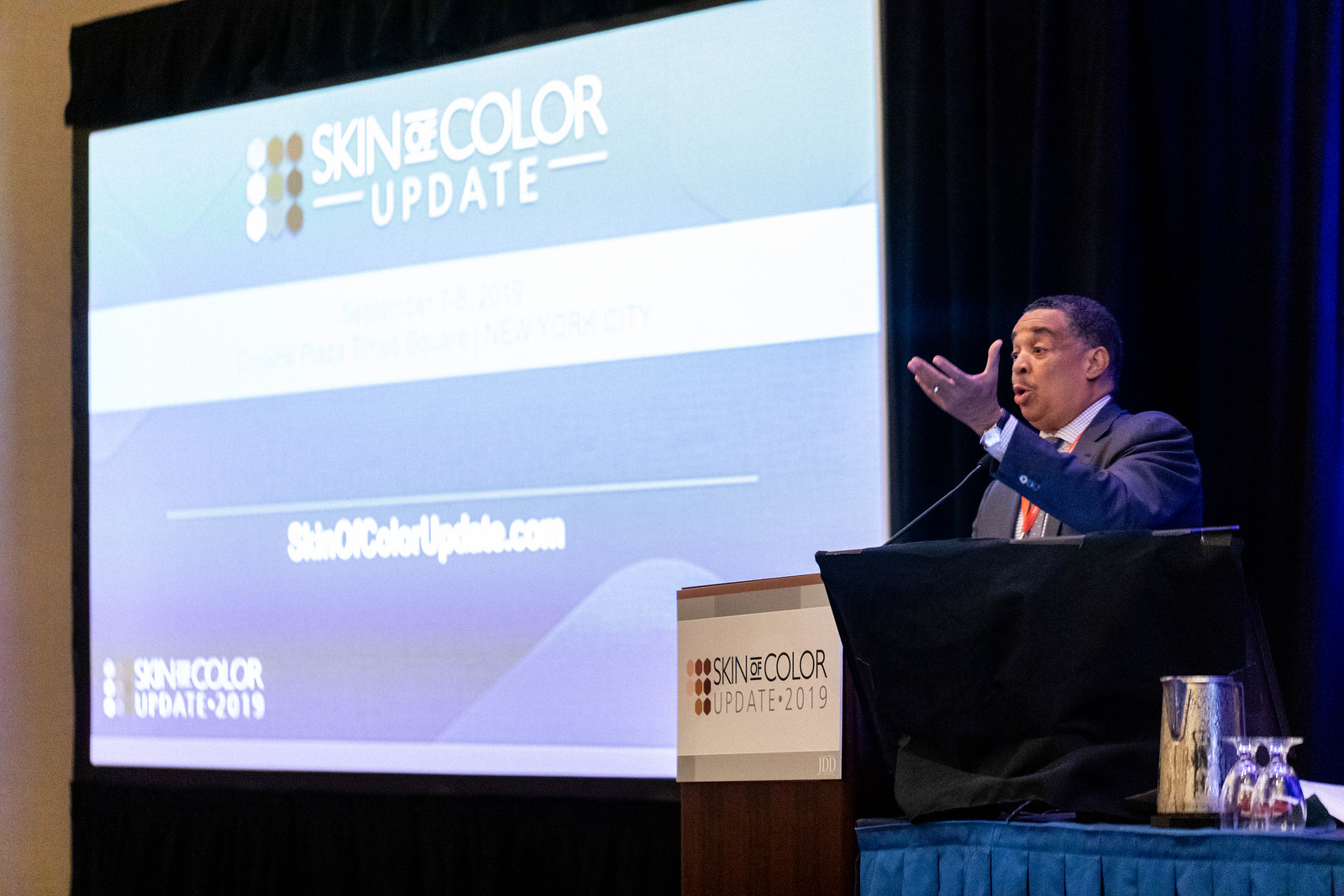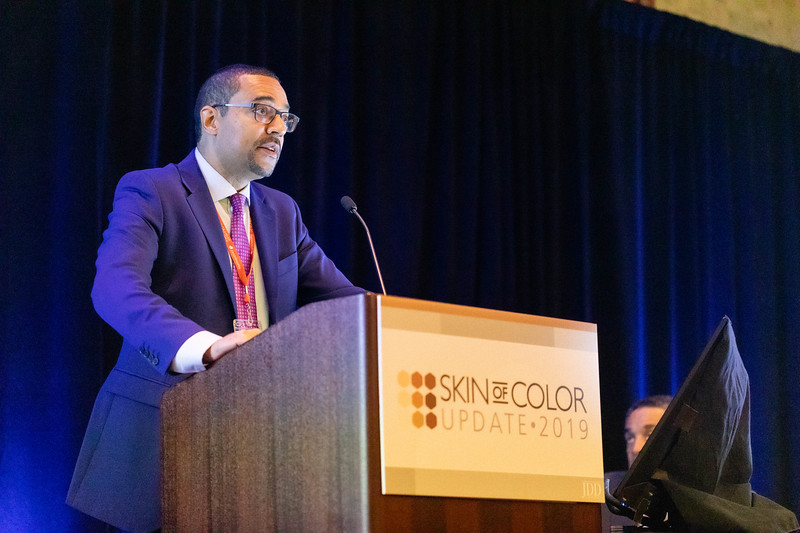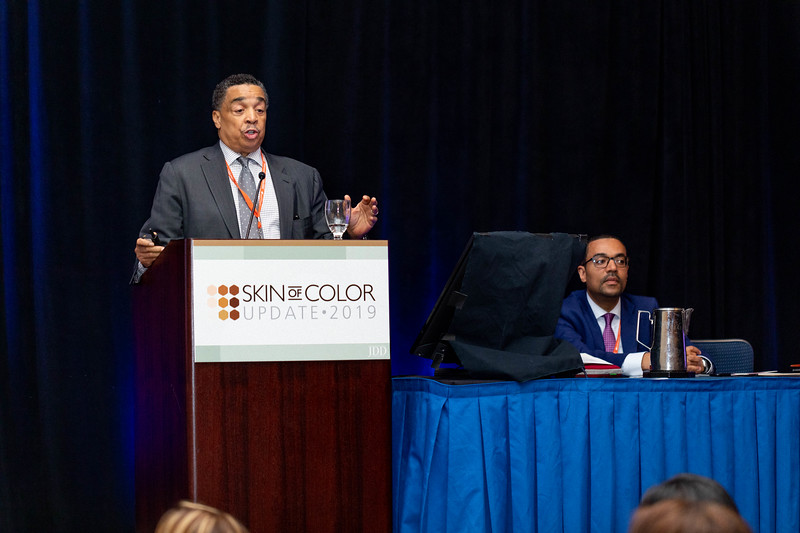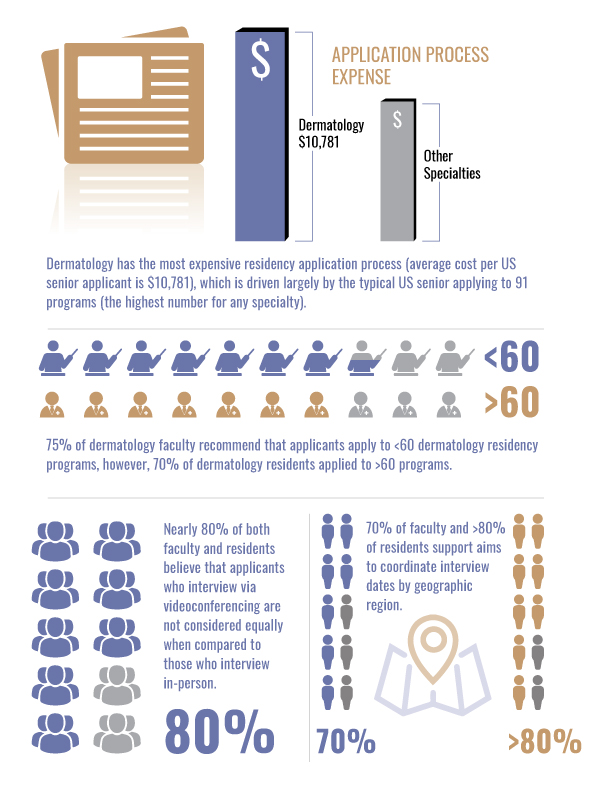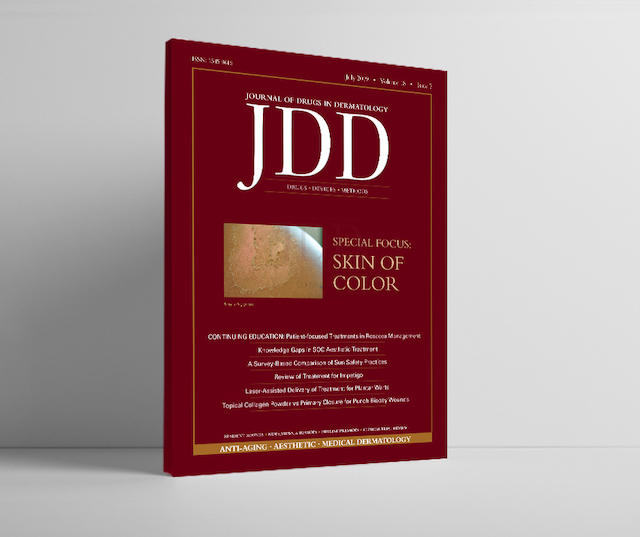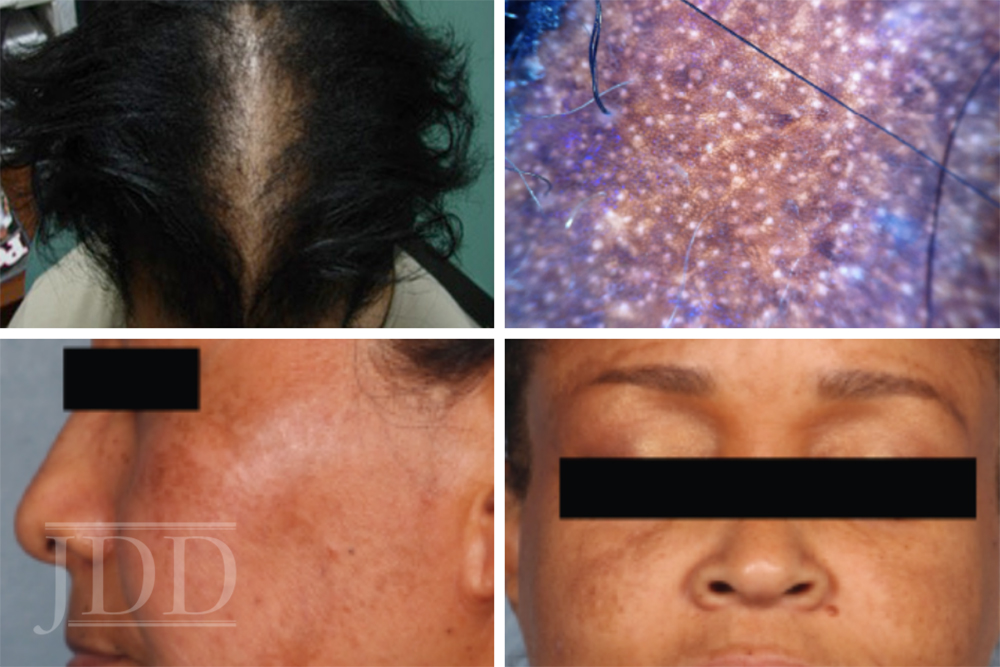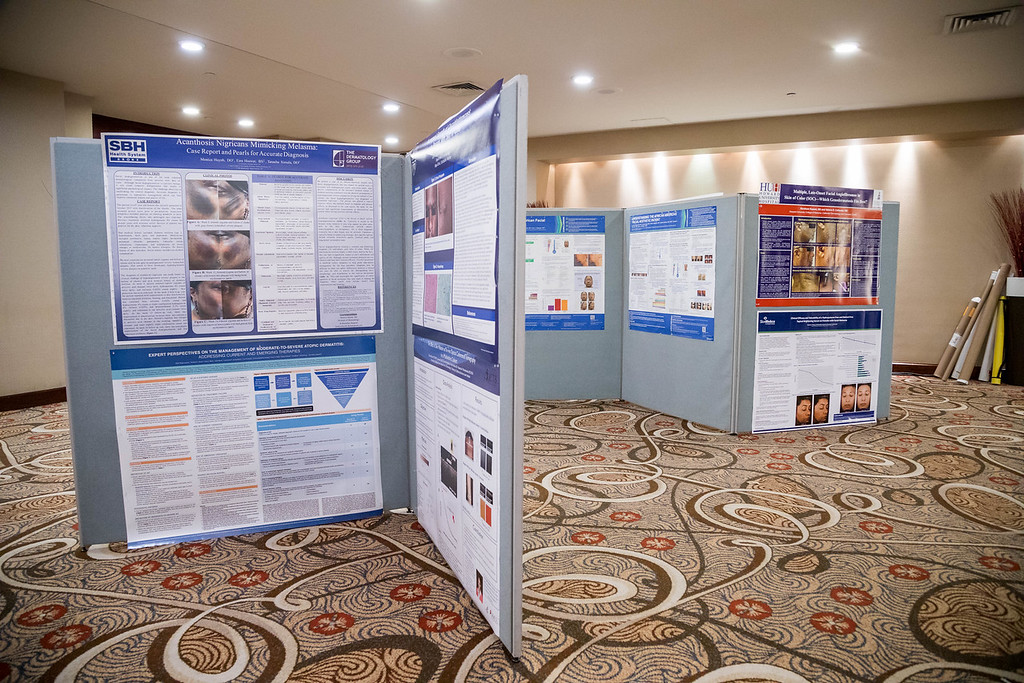
By Lola Adenkule, MD and Skin of Color Update staff
Skin color comes in all shades. Similarly, dermatologists should reflect the diversity that is apparent in our patients. However, in the US, African-Americans make up 12.8% of the population while there are only 3% of Black dermatologists. Addressing this gap is beneficial because studies have shown race-concordant visits are longer and have higher levels of patient satisfaction and patient engagement.
Closing this gap could likely increase access to care for minority patients, greater interest and attention to diseases that disproportionately affect minorities, and create a more diverse work force of dermatologists. The challenge becomes how do we turn the tide. Expert faculty members from the Skin of Color Update have weighed in to offer their solutions to identifying barriers and the ways to overcome them. To read these solutions from the experts, visit this Next Steps in Derm article by Lola Adenkule, MD.
To help address this gap in dermatology, Skin of Color Update 2019 increased their scholarship program for medical students, fellows and dermatology residents. Scholarship awards were provided to 7 medical students, residents and fellows with an interest in dermatology or currently enrolled in dermatology training.
SOCU Experts
Susan Taylor, MD, Andrew Alexis, MD,MPH, Heather Woolery-Lloyd, MD and Maritza Perez, MD were among the Skin of Color Update 2019 faculty experts to spend time with the scholarship awardees.
Apply for 2020
If you are currently a medical student or dermatology resident interested in applying for Skin of Color Update 2020 scholarships please continue to check back for additional information. When information is available, here are the items you may need to be considered.
- Letter of recommendation
- C.V.
- Letter describing why you want to come to Skin of Color Update

